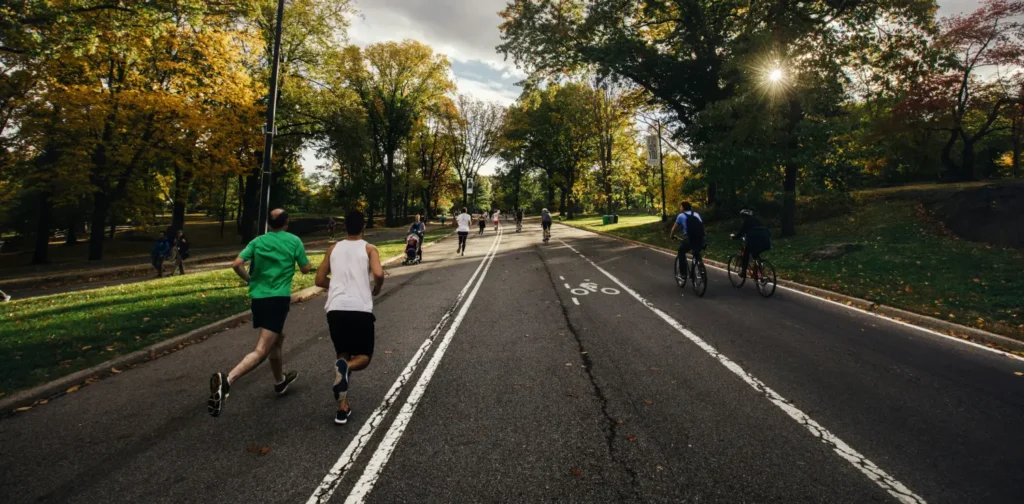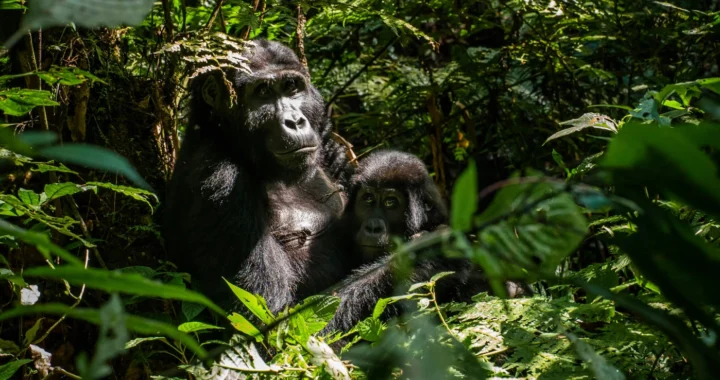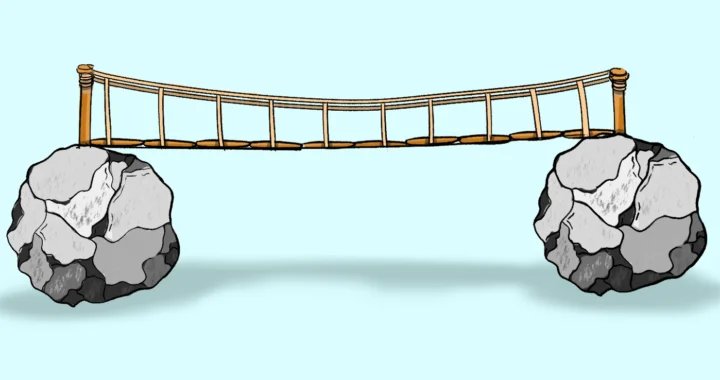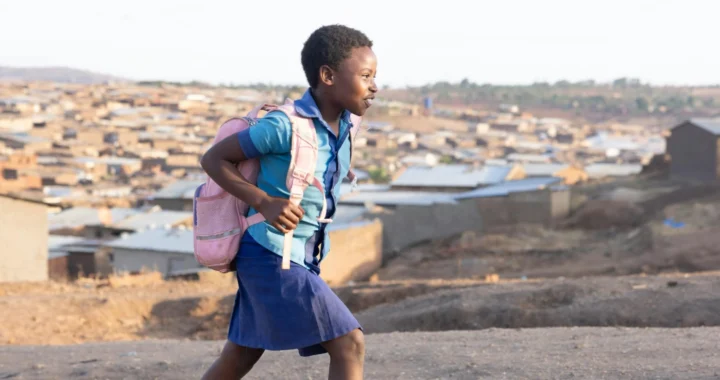Regulars vs. Weekend Warriors: Does the timing of physical activity matter?

Chanan Greenblatt on Unsplash
Health is an important aspect to our quality of life. Access to quality healthcare, good and healthy environment, infrastructure support, and personal habits are among what we need to stay healthy. While a lot of those components are systemic, physical activity is something we can tackle individually. Studies show that a certain amount of physical activity in a week can benefit our health. But is there a difference to doing it regularly throughout the week or as weekend warriors?
Health and Physical Activity
With 17.9 million deaths annually, cardiovascular diseases are the leading cause of death globally. Then, climate change and environmental degradation exacerbates the risks of these heart and blood non-communicable diseases. Additionally, the risks are made higher by the shift in human activities toward more sedentary behavior in our work and leisure time, such as sitting at a desk for hours at work then coming home to watch TV.
In this light, the World Health Organization (WHO) and health experts worldwide have underscored the importance of sufficient physical activity to maintain and improve our health. The type and amount of recommended physical activity vary depending on age, baseline condition, and other factors.
Diverse Recommendations
Children and adolescents should do moderate- to vigorous-intensity physical activity throughout the week for an average of 60 minutes per day. This habit leads to improved physical fitness, cardiometabolic health, bone health, and cognitive functions, among others.
For pregnant and postpartum women without contraindication, at least 150 minutes of moderate-intensity aerobic physical activity per week are recommended. This recommendation has some maternal and fetal health benefits, such as decreased risk of pre-eclampsia, gestational hypertension, gestational diabetes, and delivery complications.
For adults aged 18 to 64, WHO recommends, “at least 150–300 minutes of moderate-intensity aerobic physical activity; or at least 75–150 minutes of vigorous-intensity aerobic physical activity throughout the week.” This health benefits include improved all-cause mortality, cardiovascular disease mortality, mental health, and others.
Weekend Warriors or Regulars?
Brisk walking, bike riding, dancing, and gardening are examples of moderate activities. They increase our heart rate and make us breathe faster and feel warmer. However, we should still be able to talk when doing them.
Meanwhile, vigorous-intensity physical activities make us breathe hard and fast, and it is hard to say even a few words. Examples include running, swimming, skipping rope, heavy yardwork, martial arts, football, and many others.
There are plenty of options of physical activity depending on our conditions, preferences, and resources. Still, it can be hard to fit the amount of recommended physical activity into our busy lives. Some people spread their schedule throughout the week, some only do it in the weekend. The good news is that studies show that both groups, regulars and weekend warriors, receive similar health benefits.
A study involving 350,978 adults in the US spanning 8 years reveals, “Adults who perform 150 minutes or more of moderate to vigorous physical activity (or 75 minutes of vigorous activity) per week may experience similar health benefits whether the sessions are spread throughout the week or concentrated in a weekend.”
This conclusion is echoed by a 2024 study in the UK, in which both weekend warriors and regulars are associated with lower risk of >200 incident diseases than inactive. Notably, the difference exists in cardiometabolic conditions such as incident hypertension, diabetes, obesity, and sleep apnea.
Healthy Habits for All
Besides physical activity, food intake and hygiene habits are also essential factors in a healthy lifestyle. So, raising awareness is a much-needed first step.
However, beyond individual willingness, infrastructure and policy support is crucial to encouraging physical activity and other healthy habits. For example, clean air, proper facilities for walking and cycling, and urban green spaces benefit our physical and mental health. Furthermore, with the climate crisis looming over us, integrated climate and health interventions are now more important than ever to safeguard the health and wellbeing of people and the planet.

Join Green Network Asia Membership
Amidst today’s increasingly complex global challenges, equipping yourself, team, and communities with interdisciplinary and cross-sectoral insights on sustainability-related issues and sustainable development is no longer optional — it is a strategic necessity to stay ahead and stay relevant.


 Looking for Sustainability in the Uganda National Tourism Policy
Looking for Sustainability in the Uganda National Tourism Policy  The Conservation Incentive Model of Tropical Forest Forever Facility (TFFF): Is it enough?
The Conservation Incentive Model of Tropical Forest Forever Facility (TFFF): Is it enough?  Reflecting on Our Understanding of Disaster
Reflecting on Our Understanding of Disaster  How Middle Managers Can Become the Bridge of Corporate Sustainability
How Middle Managers Can Become the Bridge of Corporate Sustainability  Racing with the Rapid Glacier Loss Globally
Racing with the Rapid Glacier Loss Globally  Understanding the Impacts of Rising Temperatures on Early Childhood Development
Understanding the Impacts of Rising Temperatures on Early Childhood Development